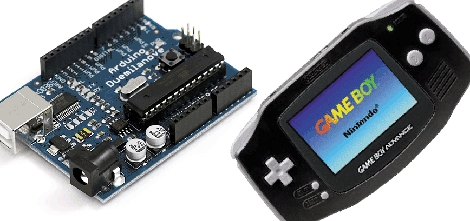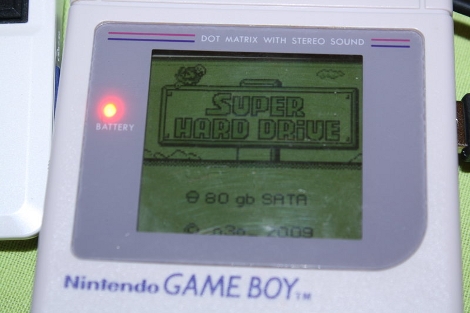
[Steve] wanted to do some ARM development and set his sights on the Game Boy Advance as a development package. In order to get his code onto the device he build an Arduino-based communications cable. It is necessary to have a microcontroller involved because the GBA uses a peculiar 16-bit serial communications protocol. This cable is an adaptation from the 8051-based cable developed by [Matt Evans] several years ago. [Steve’s] got it working by porting the 8051 assembler over for the Arduino, but we’d recommend adding a level converter to his hardware setup to step down from the Arduino’s 5v logic to the 3.3v logic the GBA expects.
He didn’t make up a wiring diagram, but in the code comments [Steve’s] laid out the connections as follows:
Arduino 8 to GBA SO Arduino 9 to GBA SI Arduino 10 to GBA SD Arduino 11 to GBA SC
That’s it, follow the README in his source code package and you’re on your way to some ARM development.
















